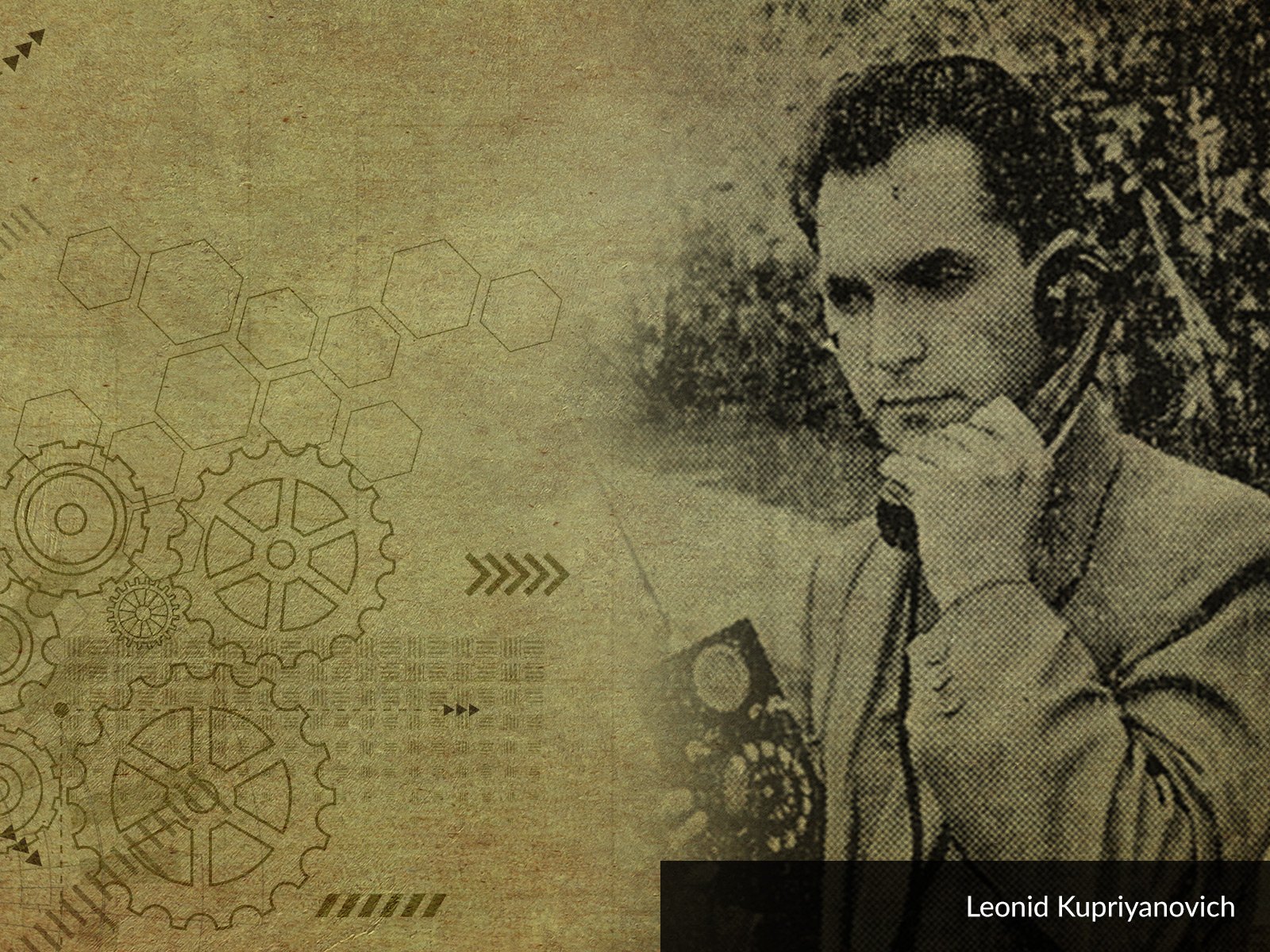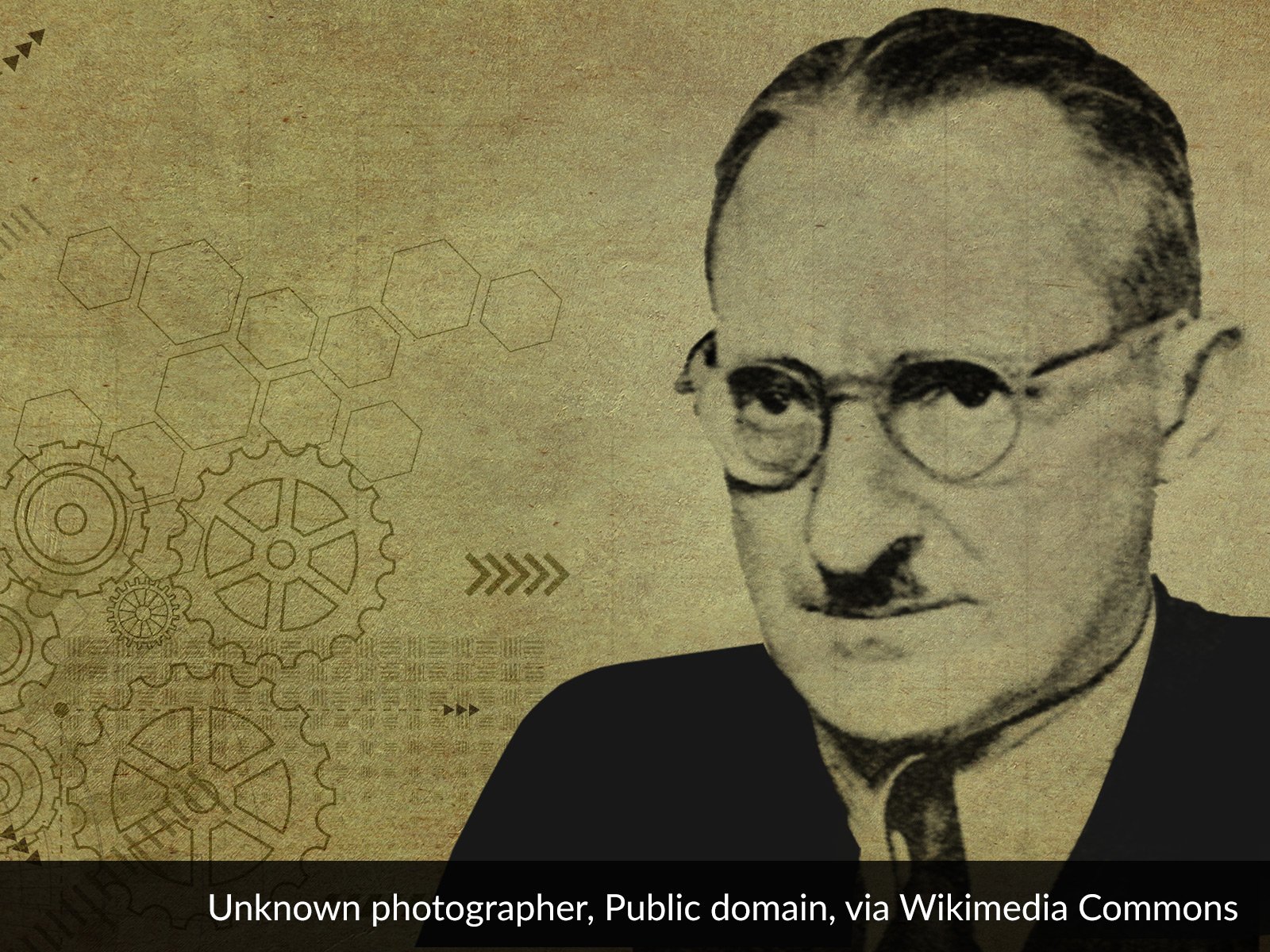
In our reflections we rarely go back to such a distant past, however, this time we are going to reach as far as 1617. On 08.03 in Agordo (now Italy) Tito Livio Burattini was born. Although his family was not really wealthy, Titus received a thorough education in physics, architecture and geography. After studying in Padua and Venice, he travelled to Egypt, where he, among other things, measured the pyramids and carried out cartographic works. In the following years, he stayed in Vienna before finally arriving in Poland, where he settled for longer. He managed to establish a network contacts with the society centred around the Jagiellonian University and the royal court. It was among the Polish intellectual elite that Burattini developed some interesting inventions, such as the hydrostatic balance, which was an improved version of Galileo's La bilancetta. He also constructed telescopes, thanks to which he was able to observe spots on the surface of Venus. Using a wind engine, he constructed a garden irrigation system. His inventions required extraordinary precision, which is why the talented designer also developed the micrometer, whose principles of operation have remained unchanged to this day. However, as befits a visionary, Burattini tried to use technology to make the dreams of mankind come true, including flying. He was one of the first, along with Leonardo da Vinci and Diego Marín Aguilera, to design and build a model of a flying machine. He even presented a functioning prototype at the royal court, with a cat as the pilot. The demonstration was so promising that Burattini received funds from Władysław IV Vasa to develop the project. “The Flying Dragon”, as the machine was called, was even equipped with a parachute.
Another important achievement of Burattini was the development of a unit of measurement which he called metre. He described it in his treatise, Misura universale, indicating that for a measure to be universal and unchangeable, it should be based on a constant value. He based this on the idea proposed by Stanisław Pudłowski. Burattini determined his unit of length using a seconds pendulum, which made one swing in one second. Moreover, the inventor connected the units of volume and mass with the metre, thus creating a coherent and accurately reproducible measurement system. He became known as an architect by building, among other things, a bridge over the Vistula river and several sacred buildings. An interesting episode in his life was his participation in the Polish-Swedish War. Burattini financed the creation of a military detachment, became its leader and joined the command of hetman Czarniecki. For his merits, he was honoured with an indygenat (recognition of a foreign noble status).
Today, the entire world’s engineering science is based on the measure invented by Burattini (including countries using imperial units, today also defined as part of the metre). Tools such as the ordinary measuring tape are actually a handy means of communication between the architect and the contractor. Callipers allow us to easily identify the mechanical components needed (e.g. screws or hydraulic threads). Finally, it is also worth to mention rangefinders, which can measure very large distances in a fraction of a second. All these instruments, present in all laboratories, on almost every construction site, in many households, are the result of four hundred years of... standardisation. And this standardisation, as it has already been said, reached far beyond the measure of distance. Of course, in the age of the “USB standard” and the “ISO standard”, no one is surprised that a shoe tailored on the other side of the planet is exactly the same size as its counterpart sewn in your neighbouring town – just as we don't focus on the fact that a dedicated screwdriver blade invariably fits every screw. Nevertheless, such convenience would be impossible, were it not for, among other things, a simple idea of one Italian inventor, who thought: let's find a piece of string long enough to measure every dimension of the world with it.





